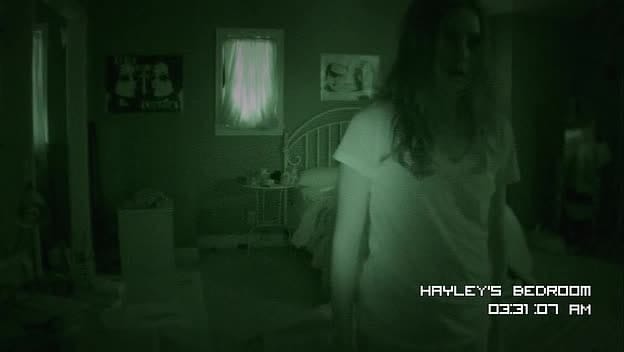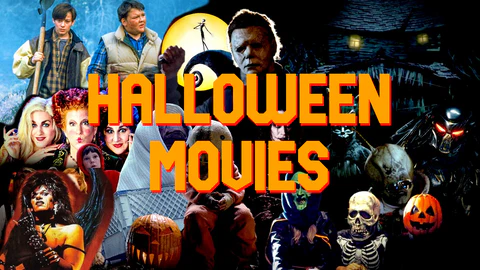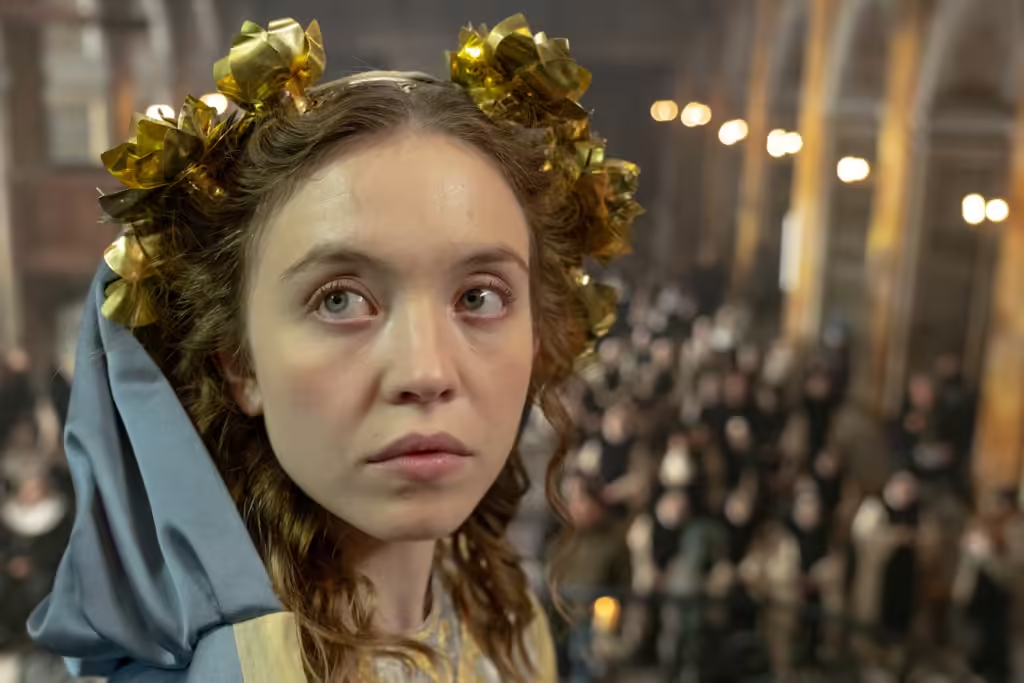Exhibit A is a psychological thriller that plays out like a slow-moving car crash—gripping, inevitable, and deeply disturbing. Directed by Dom Rotheroe, the 2007 found-footage film takes the familiar tropes of suburban domestic life and meticulously shreds them, leaving behind a landscape of tension, denial, and simmering madness. Though it may appear as just another exercise in voyeurism, Exhibit A is a far more cerebral affair, raising questions about truth, perception, and the unraveling of the modern family.
The film’s structure is deceptively simple. Presented as the home video footage of a teenage girl, Judith (Brittany Ashworth), it chronicles the seemingly mundane life of a British working-class family. But under the surface of their everyday interactions, an invisible storm is brewing. The father, Andy (Bradley Cole), a man of ordinary aspirations and fragile pride, becomes the central figure in a spiral of lies, financial desperation, and emotional collapse.

What makes Exhibit A truly unsettling is the film’s ability to turn the ordinary into the monstrous. Much like Michael Haneke’s Caché or even Todd Haynes’ Safe, the terror in Exhibit A is not external. There are no masked killers, supernatural entities, or gratuitous gore. The real horror comes from the slow disintegration of the father’s mind, a man who is pushed over the edge by the suffocating pressures of financial failure and unrealized dreams. The family, blissfully unaware of Andy’s mounting distress, continues to go about their lives until it is too late.
Rotheroe masterfully captures the claustrophobic atmosphere of domestic life, where the walls of a home that should provide security and comfort instead become the confines of a psychological prison. The cinematography, or rather, the lack thereof in its raw handheld style, contributes to this sense of entrapment. The camera, handled by Judith, is never intrusive but ever-present, capturing the growing unease with an unsettling intimacy. It is both witness and accomplice, offering us a front-row seat to the implosion of the family, while keeping us complicit in our desire to keep watching. After all, like any good voyeur, we cannot look away.
Beneath the surface, Exhibit A taps into something deeply cultural. The father’s unrelenting pursuit of keeping up appearances—of maintaining the illusion of success and control—feels eerily familiar in our contemporary era of performative perfection. In a world of Instagram filters and curated lives, Andy’s unraveling can be seen as a chilling metaphor for the pressures to present an idealized version of oneself at all costs. His inability to face reality reflects a broader societal phenomenon where the failure to meet social and economic expectations becomes a source of existential crisis.
What makes the film so intellectually stimulating is its ambiguity. As we watch Andy’s descent into madness, we are never entirely sure where the line between reality and his paranoia blurs. Is his family truly oblivious to his struggle, or are they deliberately choosing not to see it? Is Judith’s camera a tool of innocence, or does her passive recording of events suggest something more sinister? The film offers no easy answers, leaving us to ponder the moral implications of witnessing someone’s private hell without intervening. In this sense, Exhibit A not only explores the fragility of the human mind but also challenges the viewer’s complicity in the act of observation itself.

One of the film’s most brilliant narrative devices is its gradual reveal. Rotheroe does not bombard the audience with a single climactic moment but instead allows tension to accumulate incrementally. The horror unfolds in small, almost imperceptible increments—an awkward family dinner, a strained conversation, a misplaced glance—until the final act when the accumulated tension erupts into chaos. By then, the audience is so deeply embedded in the family’s dysfunction that the climactic moment feels as inevitable as it is tragic.
Bradley Cole’s performance as Andy is a tour de force in controlled madness. His portrayal of a man at the end of his tether, struggling to maintain his dignity while everything crumbles around him, is both heartbreaking and terrifying. The layers of his character—a devoted father, a broken man, a ticking time bomb—are peeled away slowly, revealing a deeply flawed human being who is ultimately destroyed by forces both external and self-inflicted. Cole’s portrayal lingers long after the credits roll, as we grapple with our mixed feelings of pity, revulsion, and fear.
If there is a flaw in Exhibit A, it might be its unrelenting bleakness. The film offers no respite, no moment of catharsis or redemption. It is a study in despair, a portrait of a family consumed by the unseen forces that bind them. But then again, this is precisely what gives the film its power. It refuses to conform to the conventions of a typical thriller or horror film, instead offering something far more unsettling: a mirror into the darker corners of suburban life and the human psyche.
In conclusion, Exhibit A is a quietly terrifying film that eschews spectacle for a more cerebral kind of horror. It is a film that forces us to confront the fragility of our own lives and the thin veneer of control we believe we possess. With its raw performances, claustrophobic atmosphere, and thought-provoking themes, Exhibit A stands as a haunting testament to the quiet horrors that lurk beneath the surface of the everyday. Just be warned—once you’ve peered into this particular exhibit, you may find it impossible to look away.










